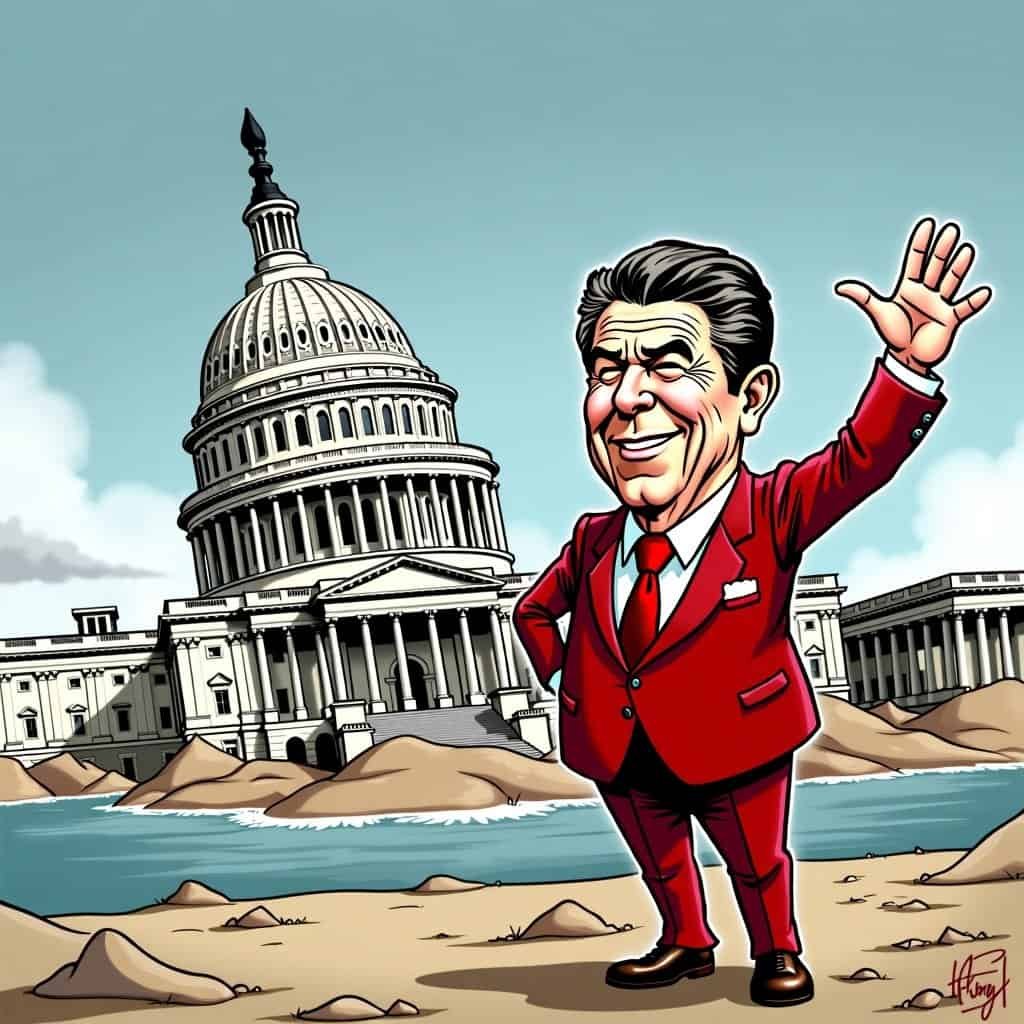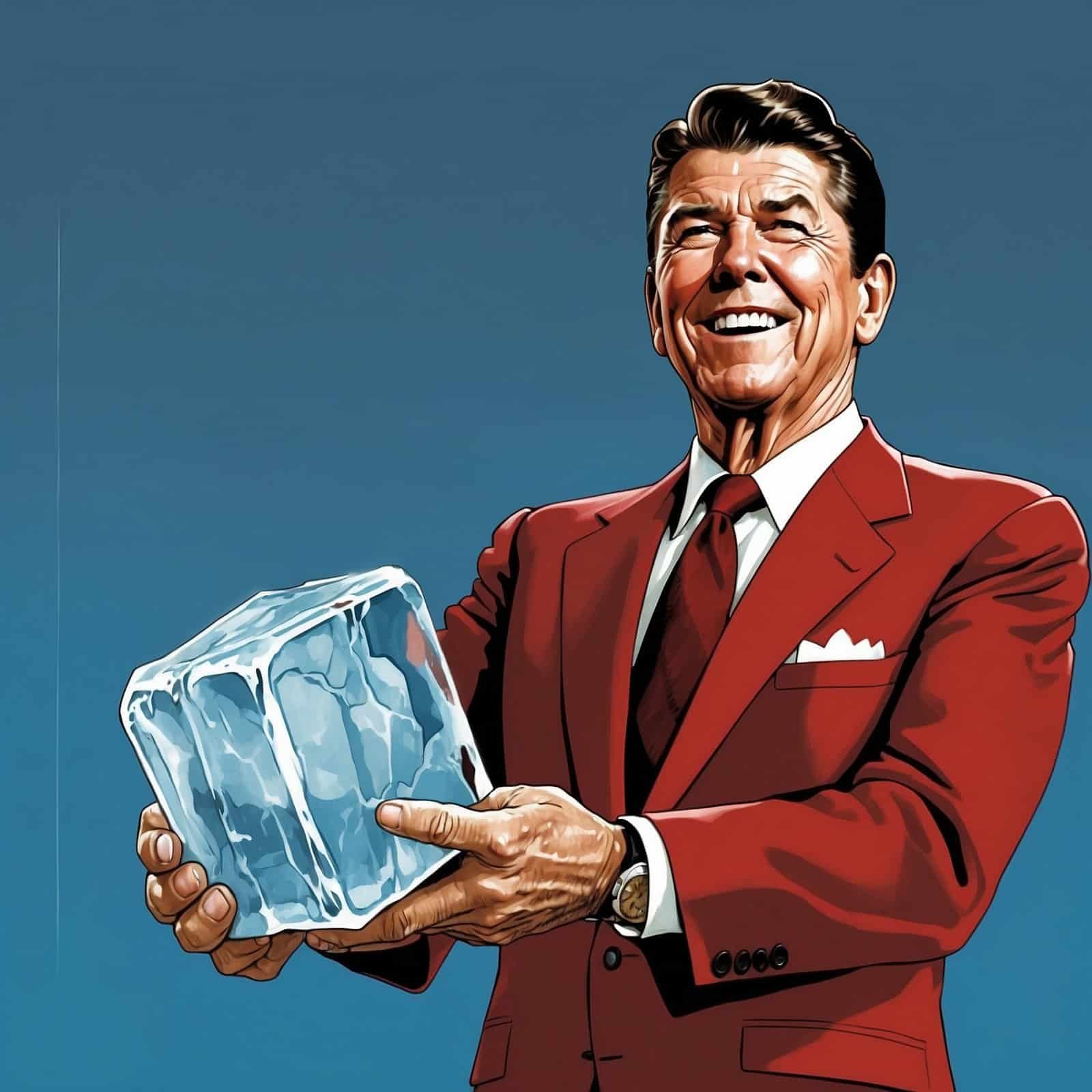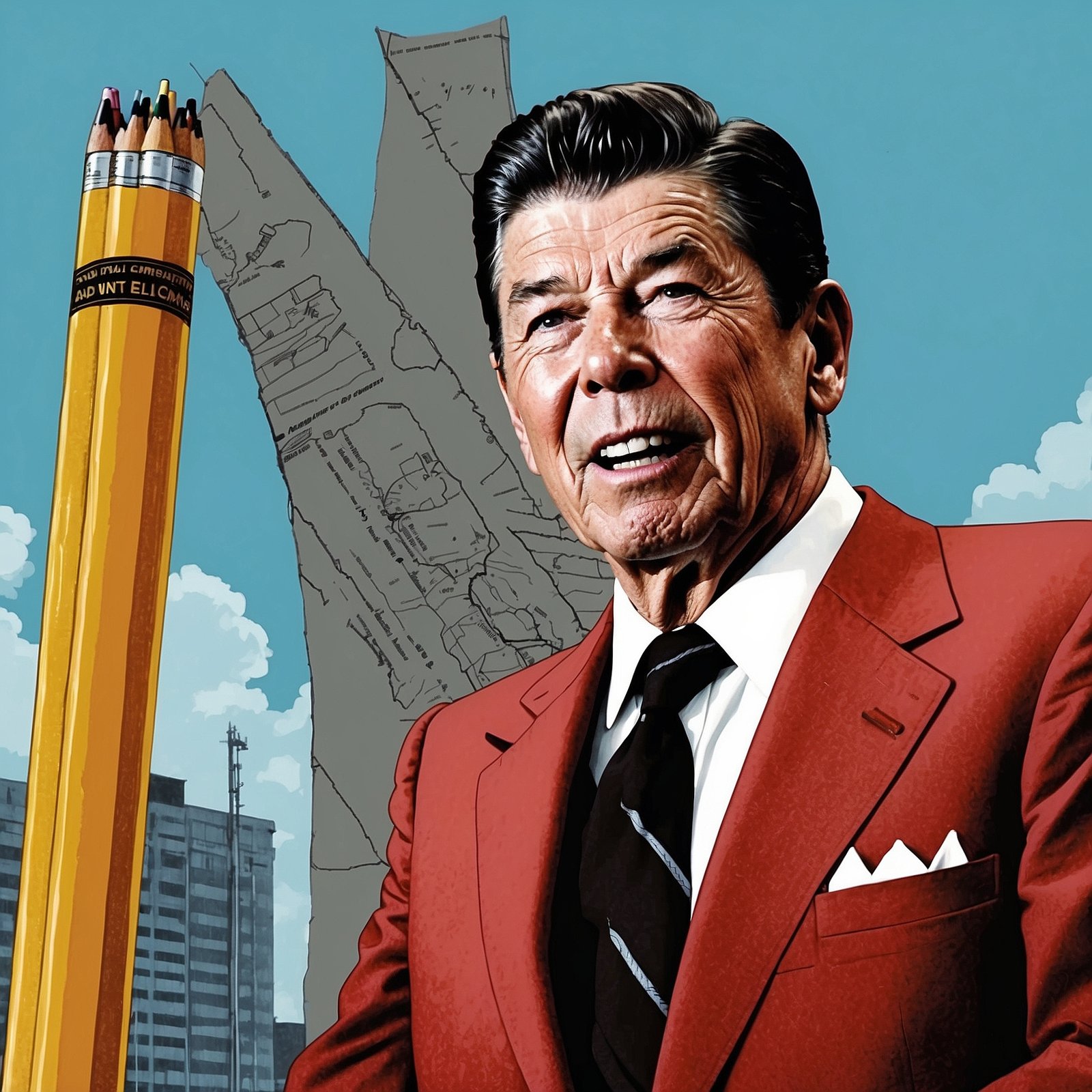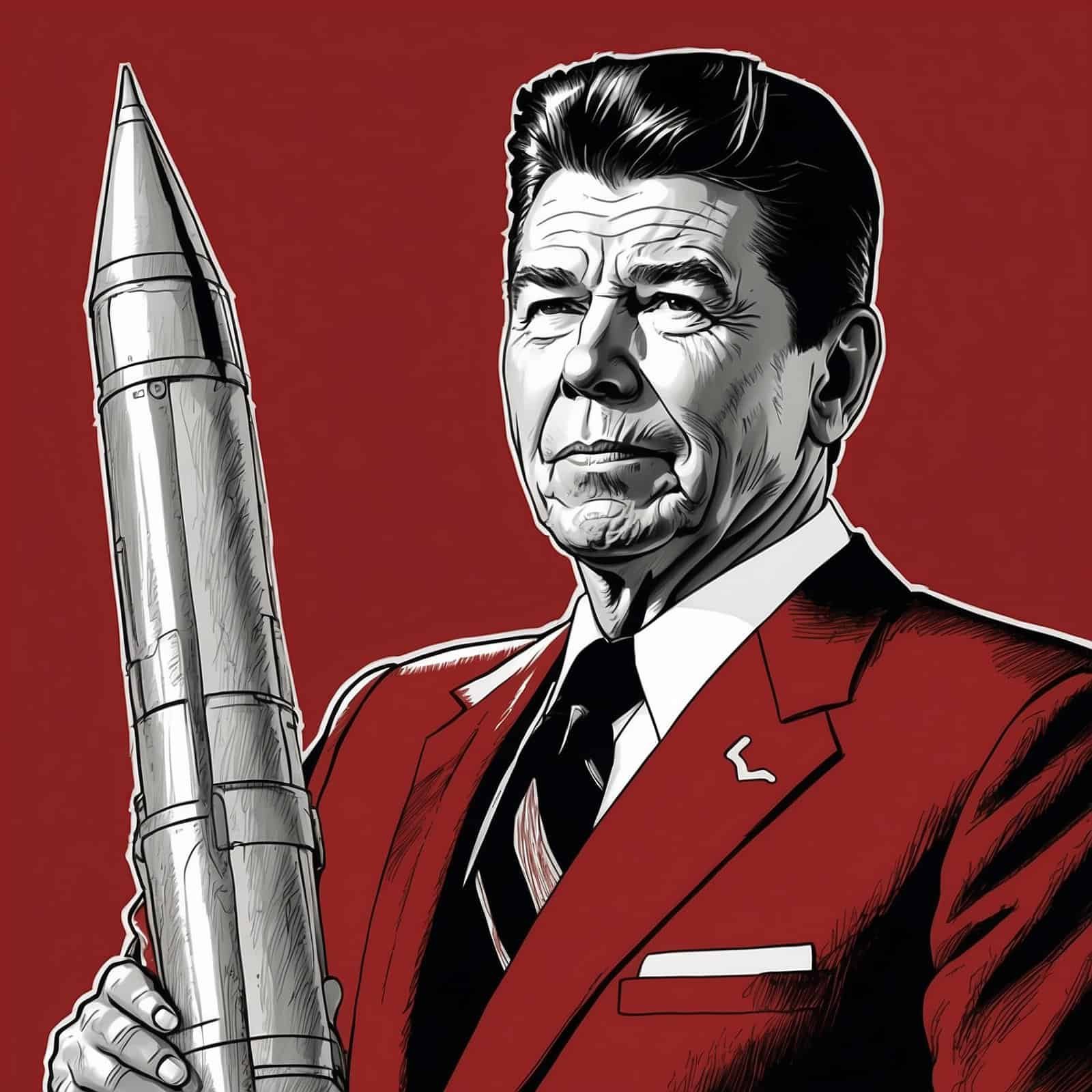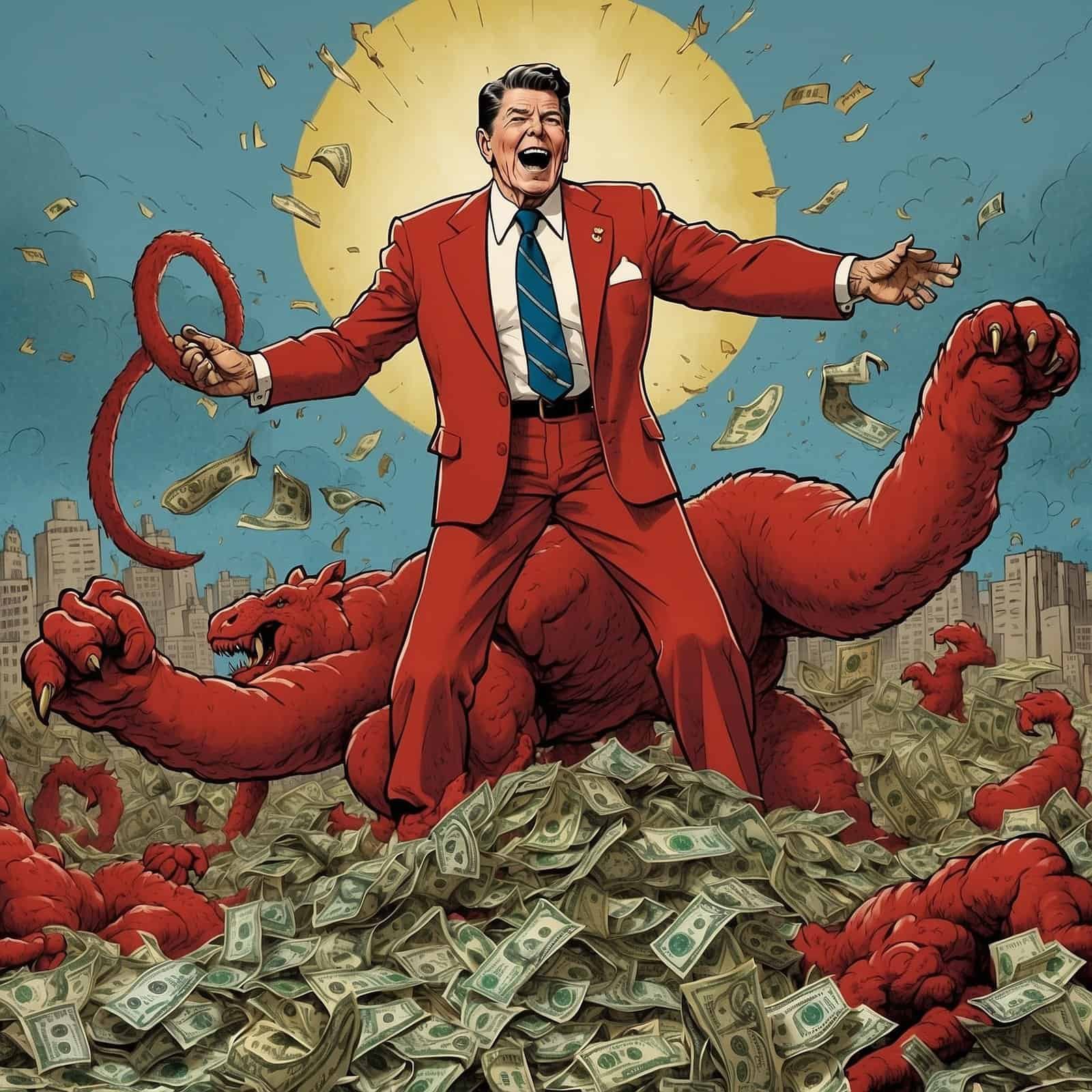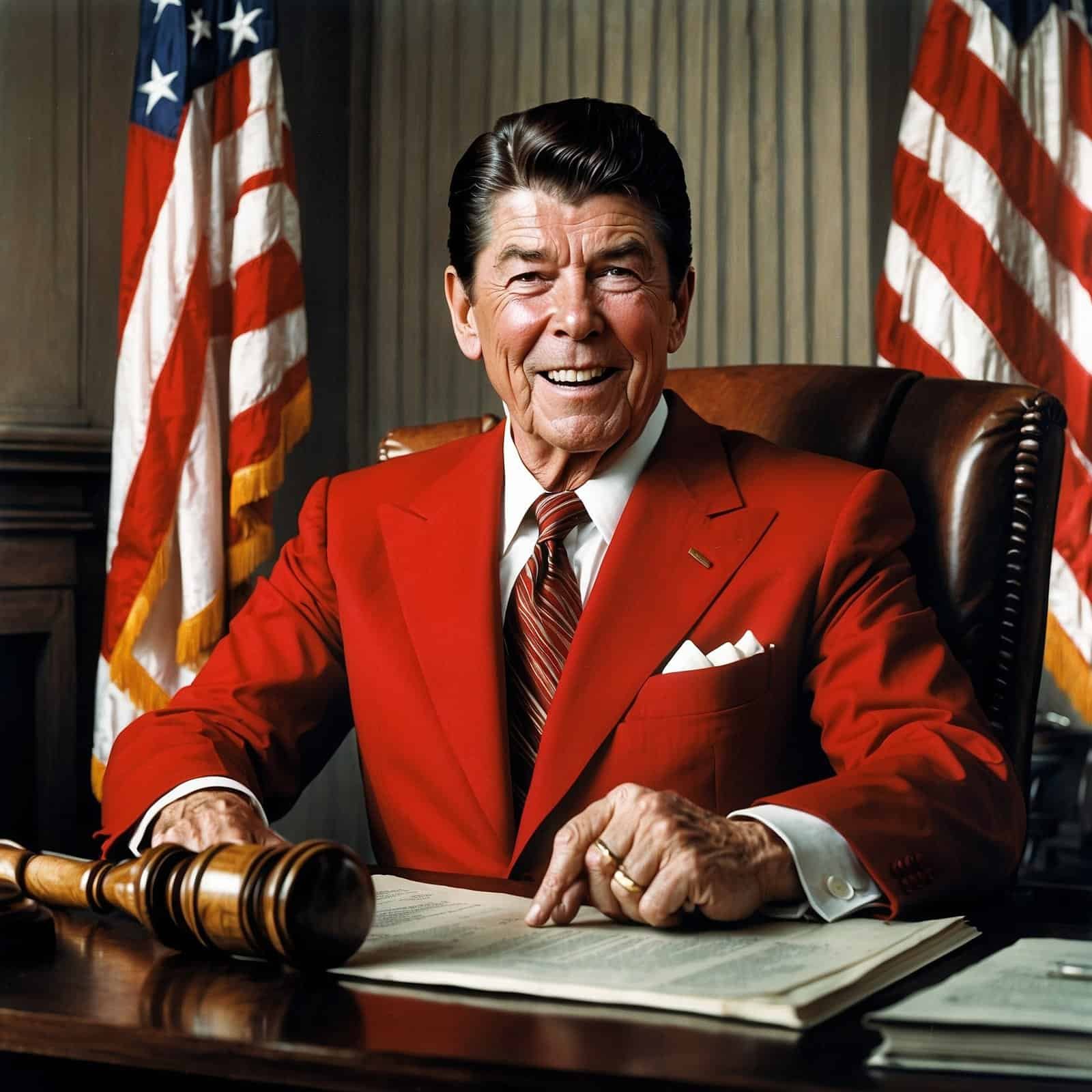Ronald Reagan’s approach to shrinking government and returning money to Americans was revolutionary. This conservative icon tackled federal income tax with the charisma of a Hollywood star, which he was. Reagan’s tax cuts didn’t just ease our financial burden; they ignited an economic boom that defined a generation.
Reagan’s conservative economic philosophy was unwavering—lower taxes, reduce regulations, and minimize government interference. The outcome? America experienced an economic surge that was nothing short of spectacular. This approach, nicknamed Reaganomics, showed that when entrepreneurs and businesses retain more of their earnings, innovation and growth naturally follow.
The 40th President wasted no time implementing his vision. The Economic Recovery Tax Act of 1981 reduced federal income tax rates by 25% over three years. The highest tax rate dropped from 70% to 50%, giving wealthy Americans reason to celebrate. Middle and lower-income families also benefited as their tax brackets shifted downward. The message was clear – the government would take less from your wallet.
Reagan’s Tax Cuts: A Visual Overview
| Income Bracket | Before Tax Cut | After Tax Cut |
|---|---|---|
| Highest Earners | 70% | 50% |
| Middle Income | Varied | Reduced by 25% |
| Lower Income | Varied | Reduced by 25% |
The effects were remarkable. Job creation soared, wages increased, and investment flooded the economy at unprecedented levels. The nation’s GDP, which had been sluggish, suddenly accelerated, growing at an average of 3.5% annually during Reagan’s presidency. For conservatives, this was a prime example of freedom and free-market principles in action.
Critics on the left predicted doom and gloom, forecasting massive deficits. Did deficits increase? Yes, they did. But remember, this was during the Cold War, and national defense was a top priority. Reagan wasn’t going to let the Soviets gain the upper hand without a fight. Moreover, the long-term benefits of his policies far outweighed the temporary debt increases. New businesses thrived, the stock market boomed, and even government revenues increased as the tax base expanded.
Reagan’s Economic Impact: Key Indicators
| Economic Indicator | Impact |
|---|---|
| GDP Growth | Average 3.5% annually |
| Job Creation | Significant increase |
| Wage Growth | Notable rise |
| Stock Market | Substantial growth |
| Government Revenue | Increased due to broader tax base |
Reagan’s approach was fundamentally different from the liberal strategy of high taxes and wealth redistribution. The conservative view holds that lower taxes motivate everyone, from CEOs to small business owners, to work harder and invest more. This contrasts sharply with the liberal ideology, which sees increased government spending as the solution to economic challenges. Spoiler alert: it’s not. Excessive government spending creates dependency and hinders innovation.
The key takeaway here is clear: Reagan’s tax reductions sparked a cycle of prosperity. Lower taxes led to increased capital investment, which created more jobs, better wages, and higher consumer spending. It was an economic tide that lifted all boats, even if some rose faster than others. Conservative principles maintain that making the rich poorer doesn’t make the poor richer.
In essence, Reagan’s policies allowed the American Dream to flourish. By cutting taxes and unleashing entrepreneurial spirit, he ensured that the path to success was paved with opportunity, not government obstacles. While liberals may have complained, the results speak for themselves—a robust, dynamic economy that bounced back from the struggles of the 70s and thrived through the 80s and beyond.
The impact of Reagan’s tax cuts remains a cornerstone for conservatives who believe in individual empowerment over government control. This isn’t just about wealth preservation; it’s about creating a society where opportunities are endless and economic growth benefits everyone. As Reagan famously said, “Government’s view of the economy could be summed up in a few short phrases: If it moves, tax it. If it keeps moving, regulate it. And if it stops moving, subsidize it.”
Thanks to Reagan’s reduction of federal income tax, the economy did more than just keep moving—it surged forward, demonstrating that when government takes a step back, people can leap ahead. Here’s to you, Gipper, America’s economic catalyst!
